Let’s face it: learning photography can be hard. Not only do you need to memorise all the features and functions your camera is capable of, but you need to understand the nature of light, along with some math for good measure!
The other challenge is that people learn in different ways. For some people, reading a manual is the best way to absorb new information. For others, it’s seeing how something works first hand. Chances are if you’re drawn to photography, you’re a visual person and seeing, for you, is believing.
That’s where we hope this article can help. Rather than simply write about the best camera settings for different scenarios, in this article we’ve dug into our image archive to find some of our favourite images that illustrate the effects these settings can achieve.
These sample photos with camera settings will show you how we captured each shot, whether it was a split-second shutter speed to freeze action or a high ISO in low light.
Of course, remember these settings are just starting points. They were the best camera settings for our camera in these moments, but they may not be for you. But the camera settings we’ve suggested in these sample photos will give you a guide from which you can adjust accordingly until you get the perfect exposure.
What are the best camera settings for a camera in different scenarios?
Again, precise settings will vary according to taste, but these sample photos with the camera settings were shot to get near enough to a good exposure in each scenario. Try these settings and fine-tune according to the light and your personal tastes.
01 Best camera settings for flowers
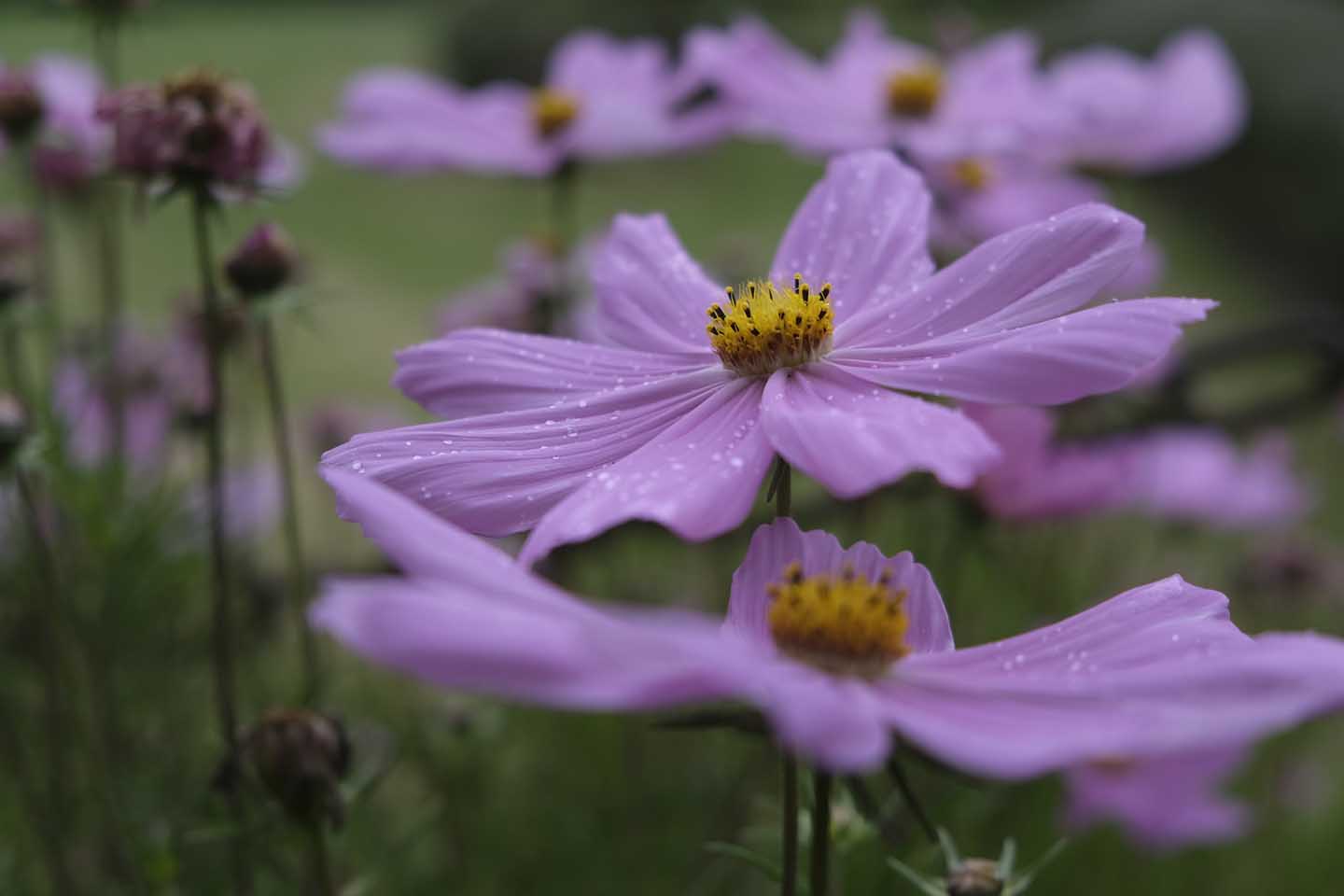
Fujifilm X-T3, 1/90sec at f/3.6, ISO 160, 18-55mm at 35mm
Our aim here is to isolate a flower from the others so we used a fairly wide aperture to get shallow depth of field. Using a wide-angle lens means that we can see some context.
02 Best camera settings for high-contrast scenes
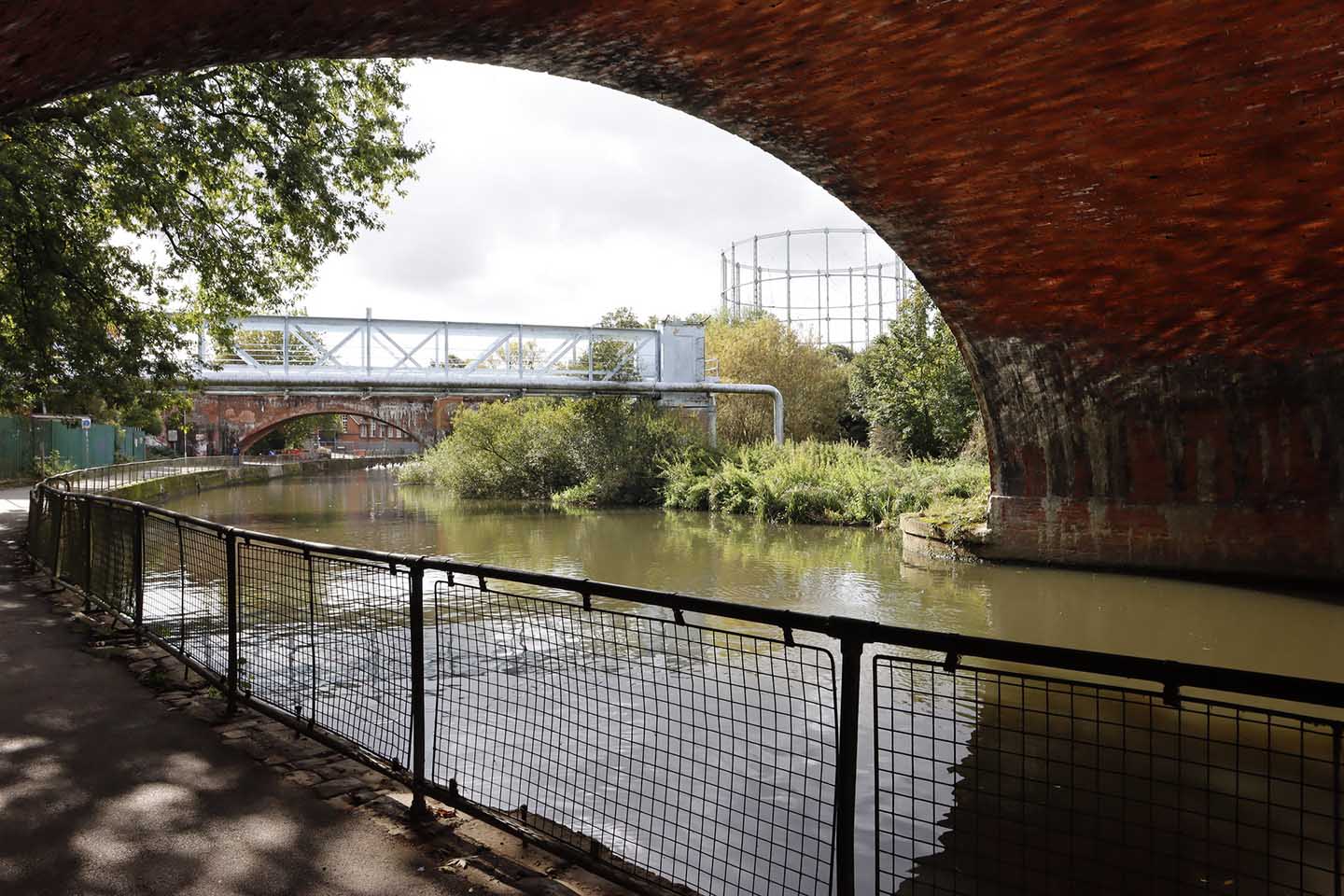
Canon EOS M6 Mark II, 1/80sec at f/10, ISO 125, 15-45mm f/3.5-6.3 at 15mm
The exposure needs careful consideration when the scene has high contrast. Here, our aim was to retain some of the cloud detail in the sky without turning the shadows under the tunnel completely black.
03 Best camera settings for shooting with High Speed Sync
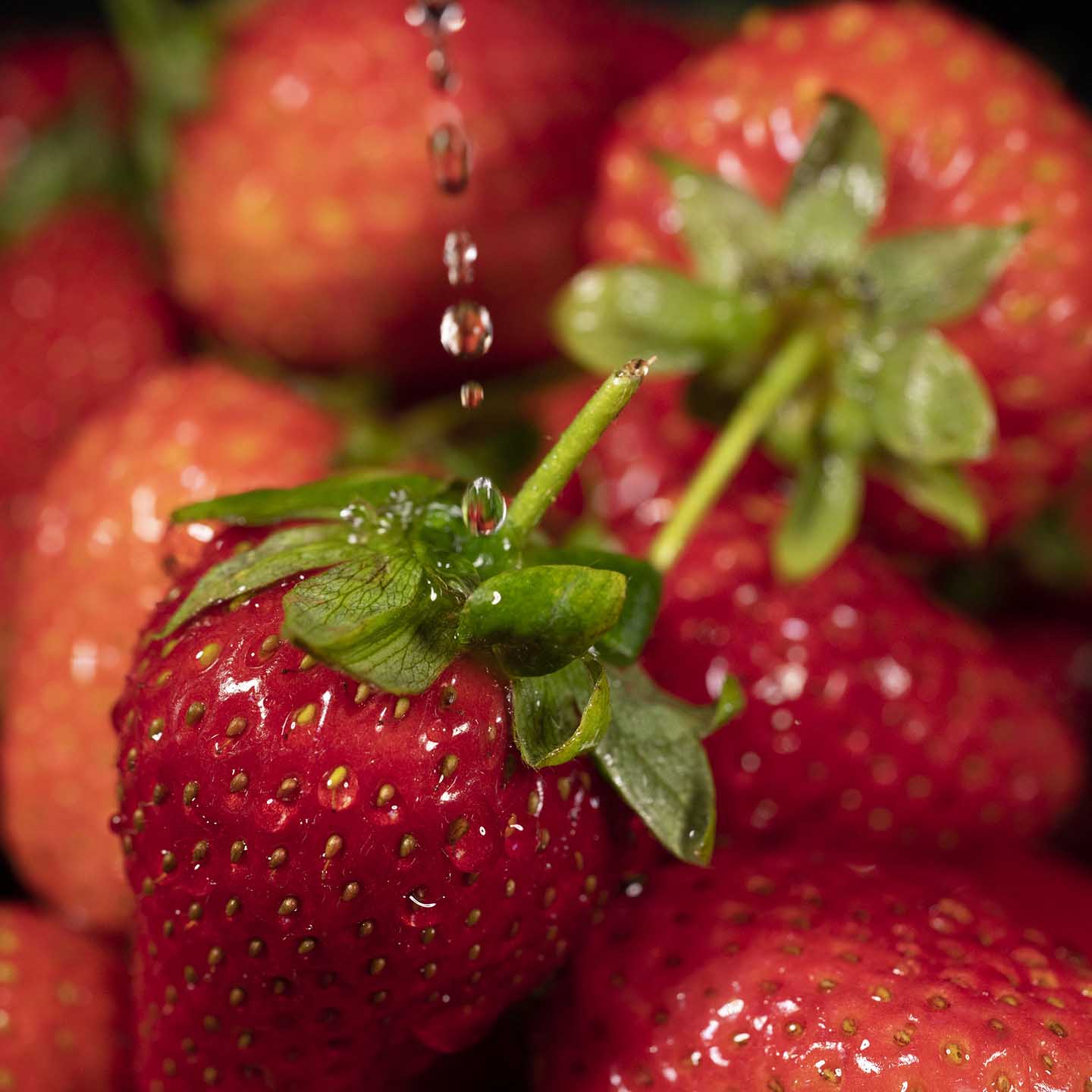
Sony A7R III, 1/2000sec at f/5.6, ISO 1600, 90mm f/2.8
Here, a fast shutter speed was needed to freeze the water droplets and capture any split-second splashes. Using a fast shutter speed with flash means having to use high-speed sync mode.
04 Best camera settings for traffic trails
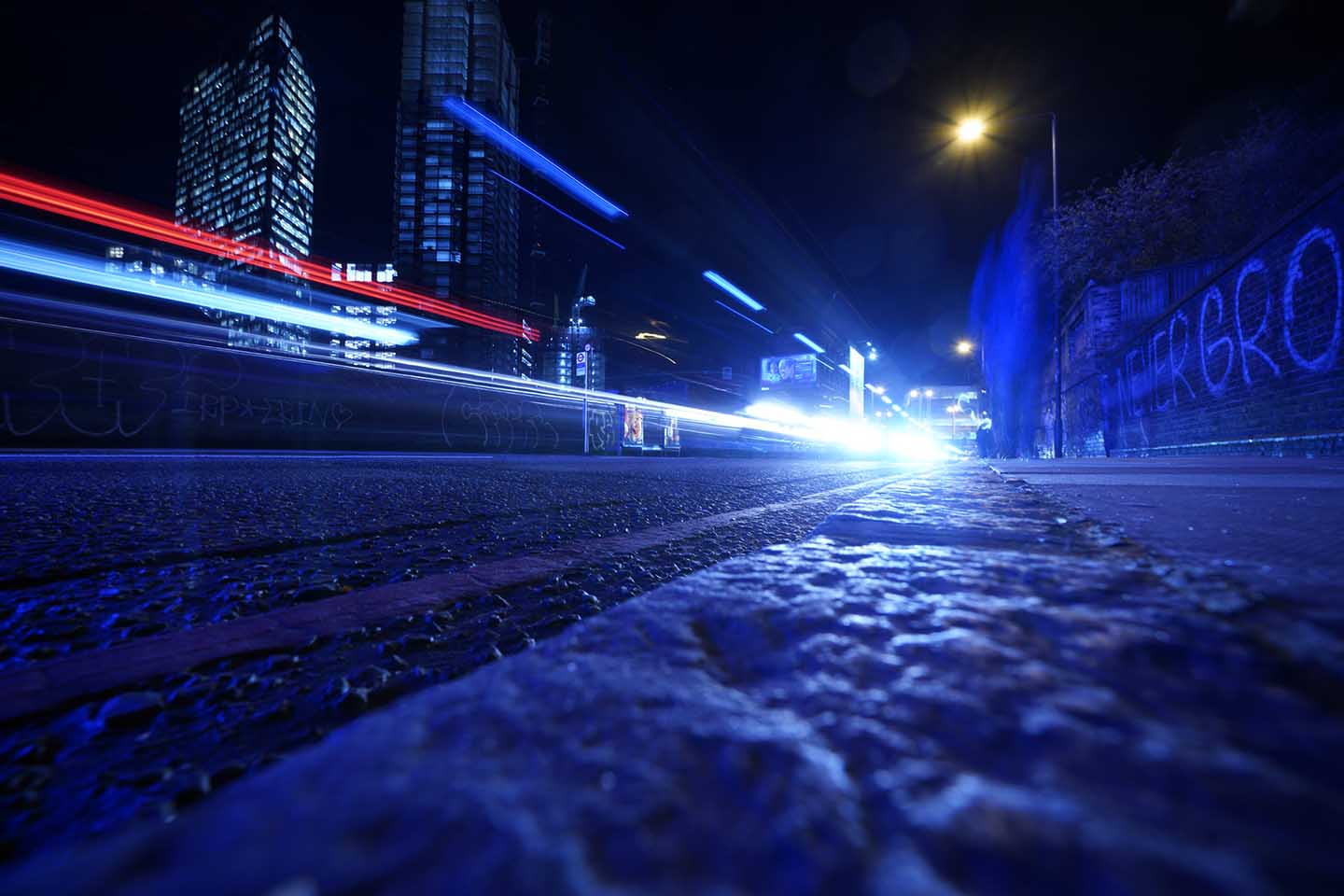
Sony A7R III, 3.2secs at f/6.3, ISO 100, 12-24mm f/4 at 12mm
Using a long exposure, in this case a little over three seconds, means that any subject movement that occurs while the shutter is open is recorded as a blur. The cars are quite dark in colour and move quickly so they often don’t show up in the image, but their bright lights record as trails.
05 Best camera settings for night photography
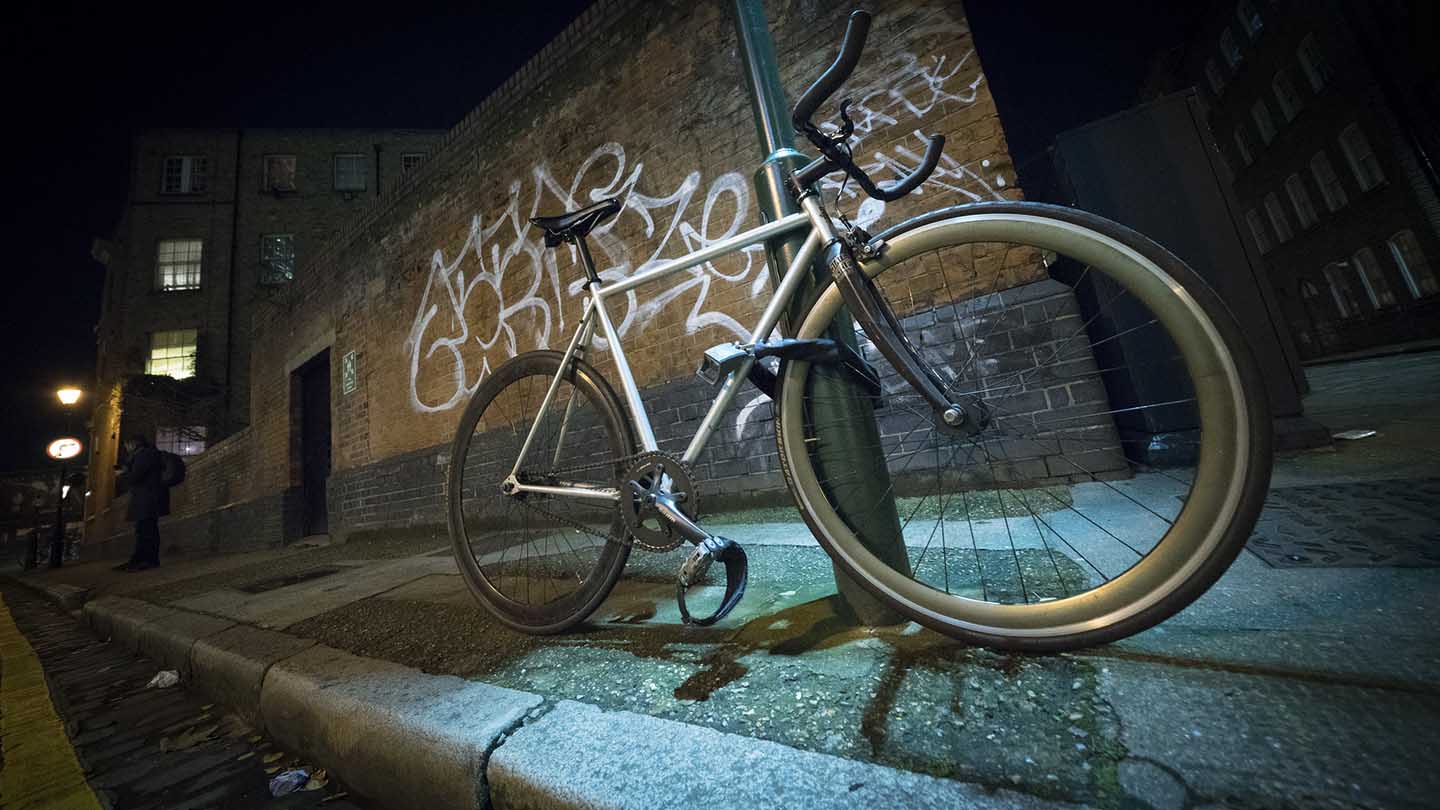
Sony A7R III, 1/30sec at f/5.6, ISO 20,000, 12-24mm f/4 at 12mm
When light levels are low you need to push the sensitivity (ISO) setting up and consider using a wider aperture and/or longer exposure. Ultimately, it’s a question of balance. If you know that your camera produces acceptable results at ISO 6,400, but the results at ISO 12,800 are a bit ropey, try to stay at ISO 6,400 or less and lengthen the shutter speed and/or open the aperture.
06 Best camera settings for sport
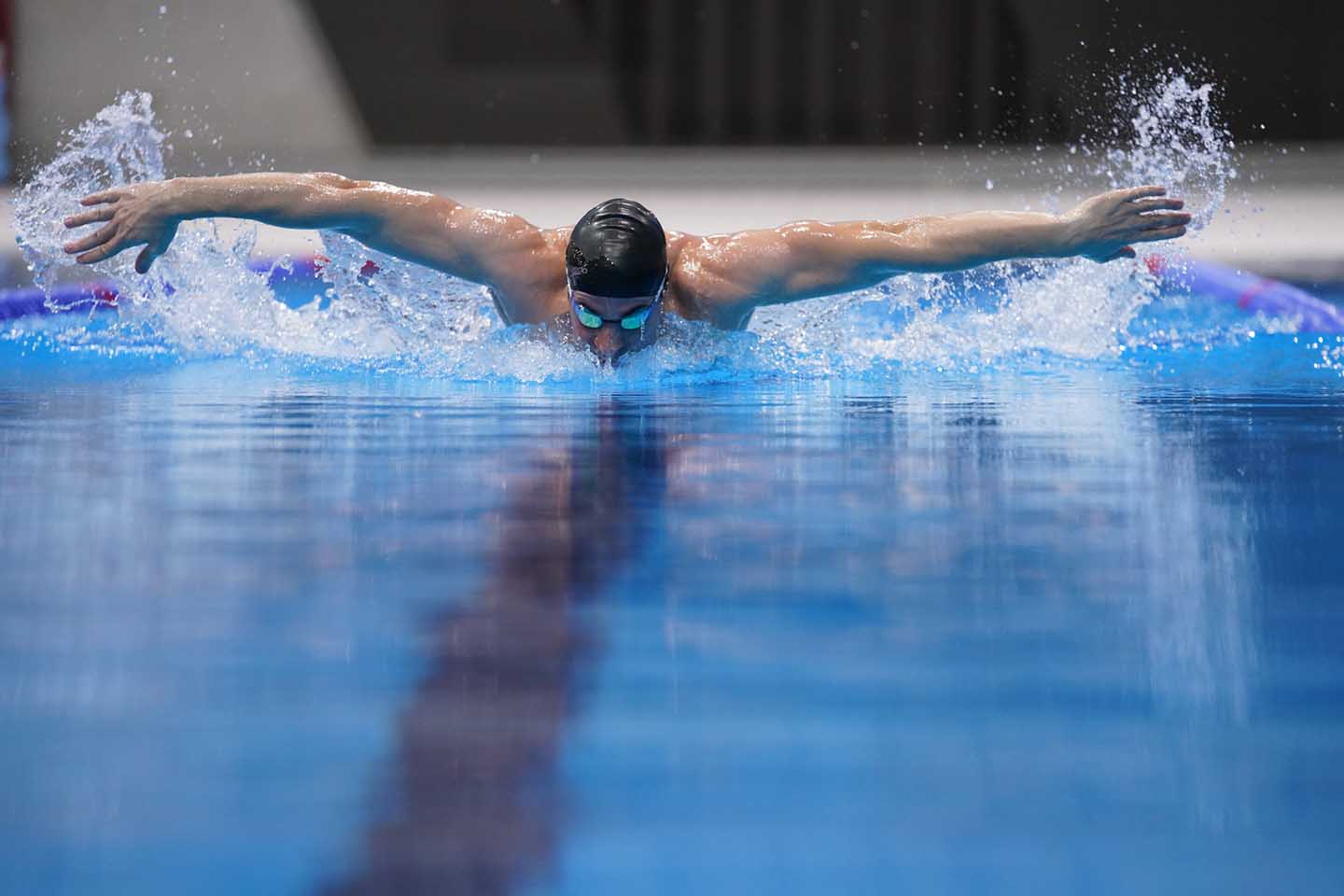
Sony A7 III, 1/2000sec at f/3.2, ISO 4000, 70-200mm f/2.8 at 200mm
Sport photography is usually about getting sharp images of moving subjects. For this reason, we tend to use a fast shutter speed, 1/2000sec in this case. That’s fast enough to freeze the swimmer and the splash of water. We had to push up the sensitivity (ISO) and use a wide aperture to enable the fast shutter speed. The wide aperture has the benefit of isolating the subject from the background – that’s especially useful when there are crowds of supporters or advertising banners.
07 Best camera settings for birds in flight
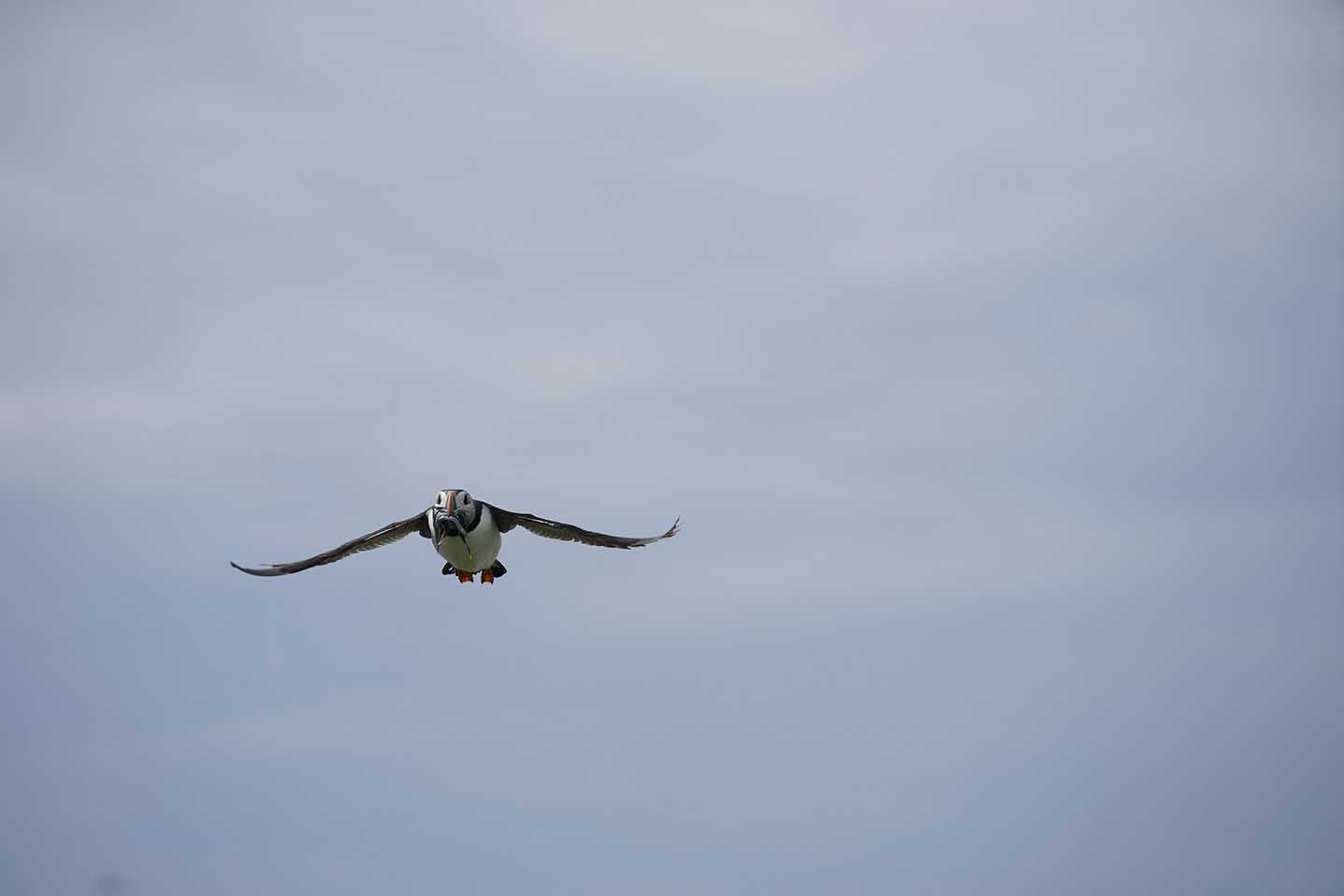
Sony A9, 1/3200sec at f/5.6, ISO 320, 70-200mm f/4 at 200mm
Birds are notoriously hard to photograph in flight but modern autofocus systems really help. They are also tricky because you’re photographing them against a bright sky which can fool the camera into underexposing the shot. Ideally, shoot in manual exposure mode and take a few test shots of the sky to ensure you’re happy with its brightness.
Use a very fast shutter speed to freeze the movement of the bird. If you’re shooting during a summer’s day, you won’t need to push the sensitivity (ISO) up very far to get a fast shutter speed.
The biggest problem when photographing birds is usually that they are so far away. This means that you need to use a long lens. Bird photographers often use 500mm or 600mm lenses, but we got pretty close to this puffin so a 70-200mm lens at the 200mm end was sufficient.
08 Best camera settings for wildlife
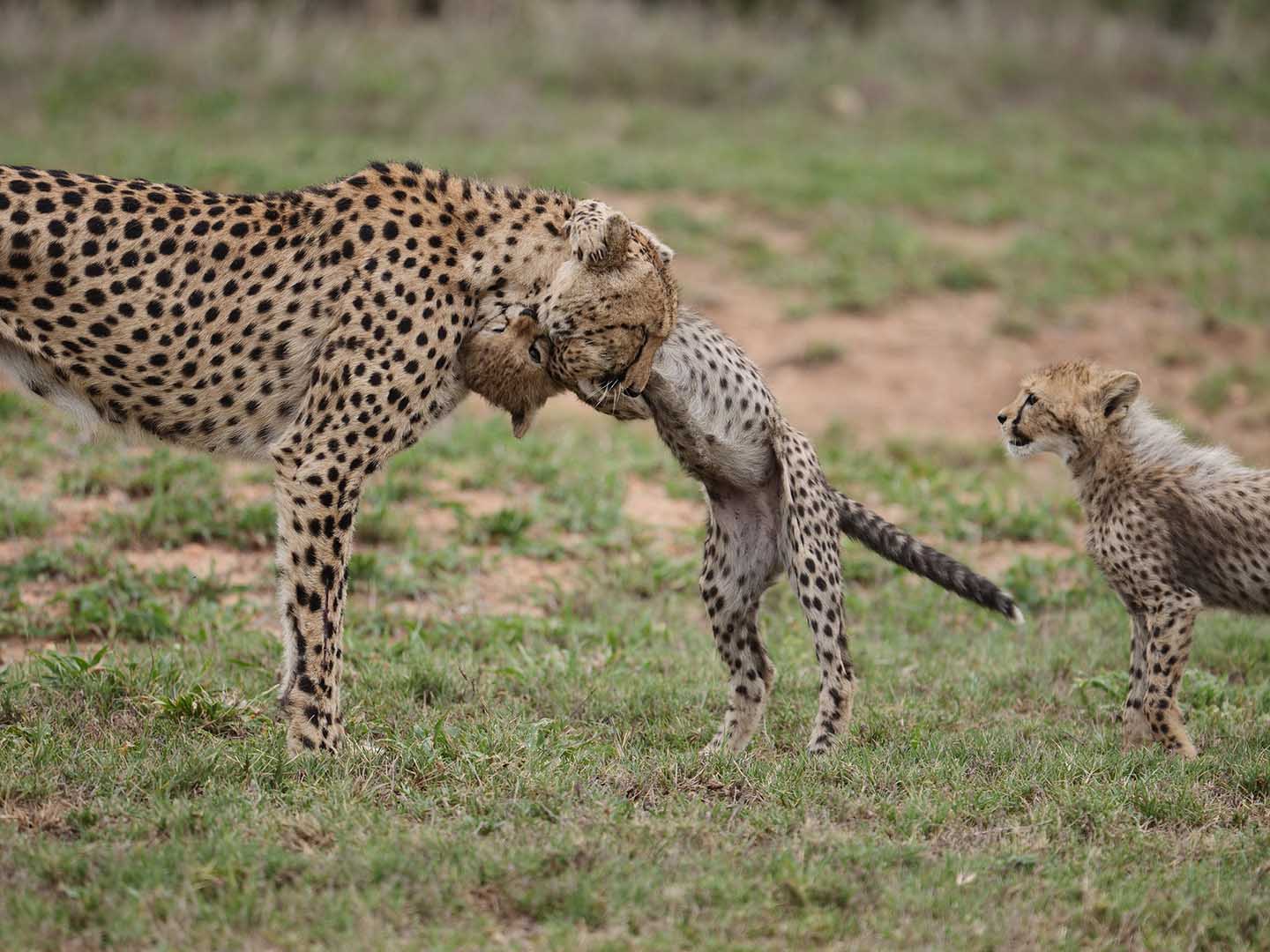
Panasonic G9, 1/400sec at f/2.8, ISO 200, 200mm f/2.8
Long telephoto lenses are usually required for wildlife photography, but it really depends upon how close you get to the wildlife. This image was shot with a 200mm lens and at some points the cheetahs got too close to our jeep!
A shutter speed of 1/400sec is a good starting point as it will freeze most movement and doesn’t require the ISO setting to be pushed up.
09 Best camera settings for portrait with flash
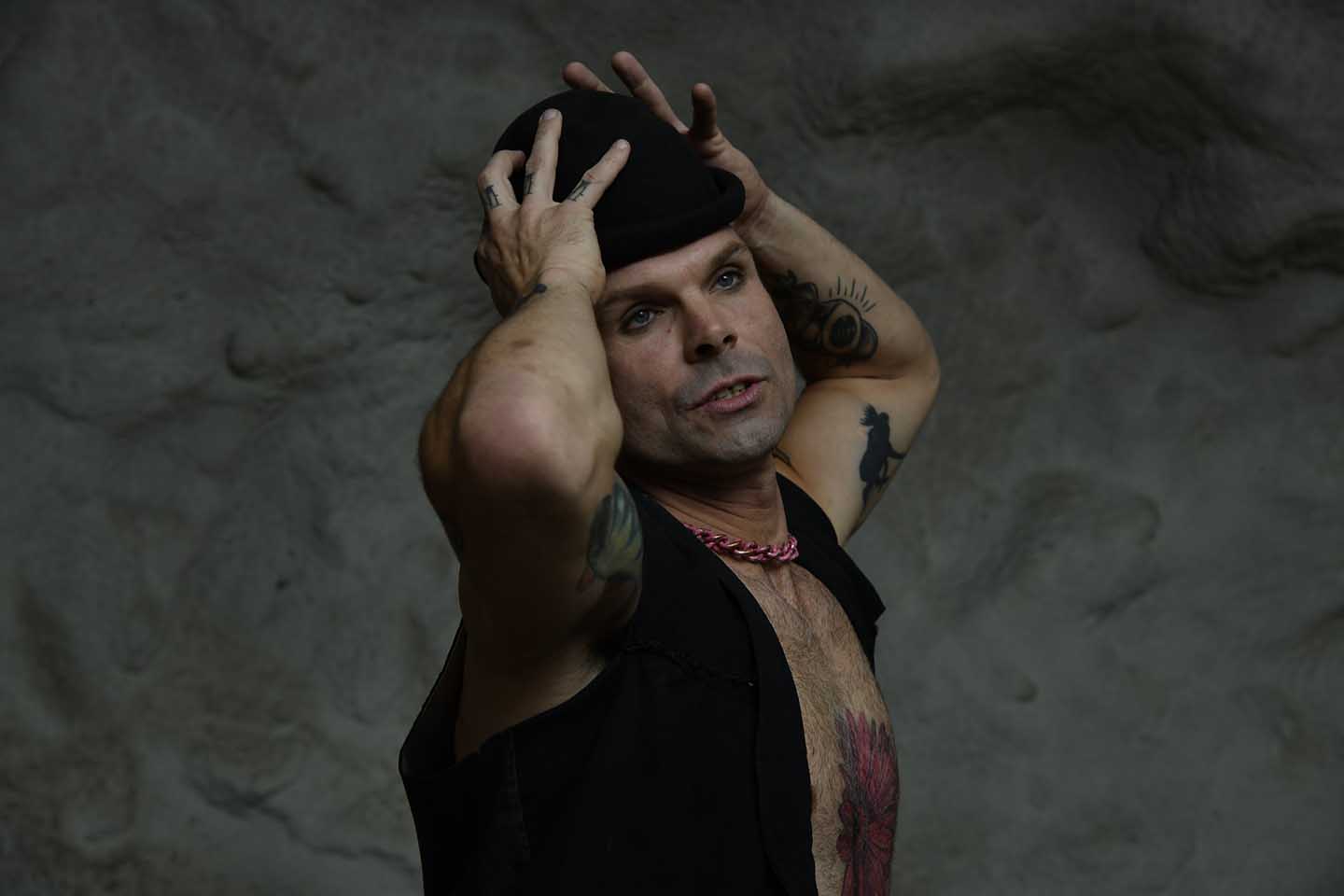
Nikon D850, 1/160sec at f/5.6, ISO 400, 24-120mm f/4 at 62mm, Profoto A1
Most portraits are shot with a fairly wide aperture, however, using a very large aperture such as f/1.4 requires extremely precise focusing – you need to make sure that the eyes are sharp not the eyebrows!
An aperture of f/5.6 makes a good go-to setting. It usually means that the subject’s nose, eyes and ears are all sharp in a head and shoulder shot.
As for lens choice, 85mm lenses are very popular with professional portrait photographers but a zoom lens is handy for quick changes in composition. As a general rule, a focal length of at least 50mm is recommended.
10 Best camera settings for outdoor portraits
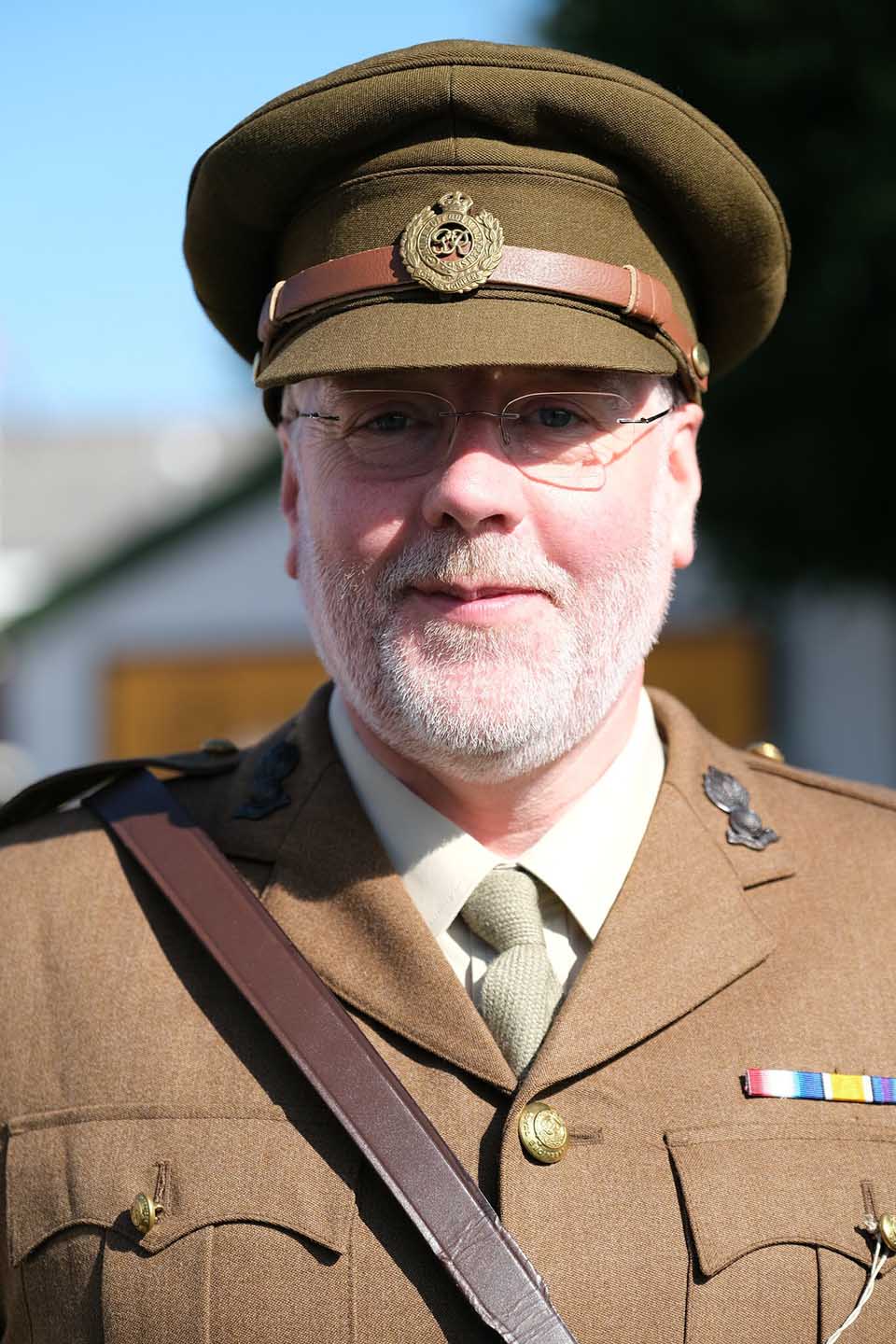
Fujifilm X-T3, 1/1250sec at f/2.8, ISO 160, 84mm
This portrait was captured using a 50-140mm f/2.8 lens at the 84mm point. That give a nice perspective and a comfortable shooting distance while using an aperture of f/2.8 has blurred the background.
11 Best camera settings for shooting the moon
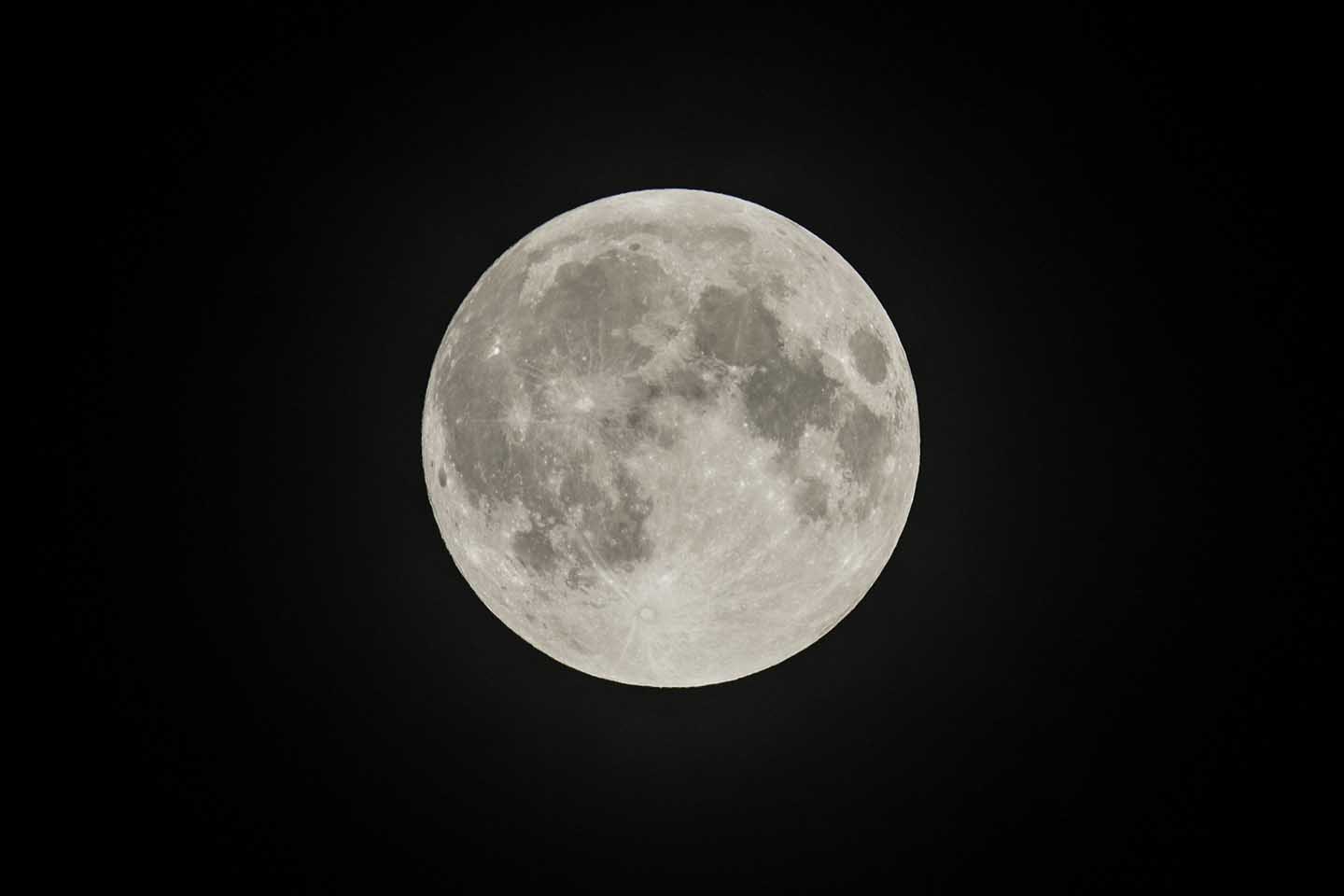
Nikon D750, 1/1000sec at f/8, ISO 1600, 600mm f/4
If you want to fill the frame with the moon, you need a long lens. In this case a 600mm lens was used on a full-frame camera. Closing down the aperture from maximum delivers the sharpest results and ISO 1600 is a safe setting for most modern cameras – it won’t result in too much noise.
12 Best camera settings for a forest landscape
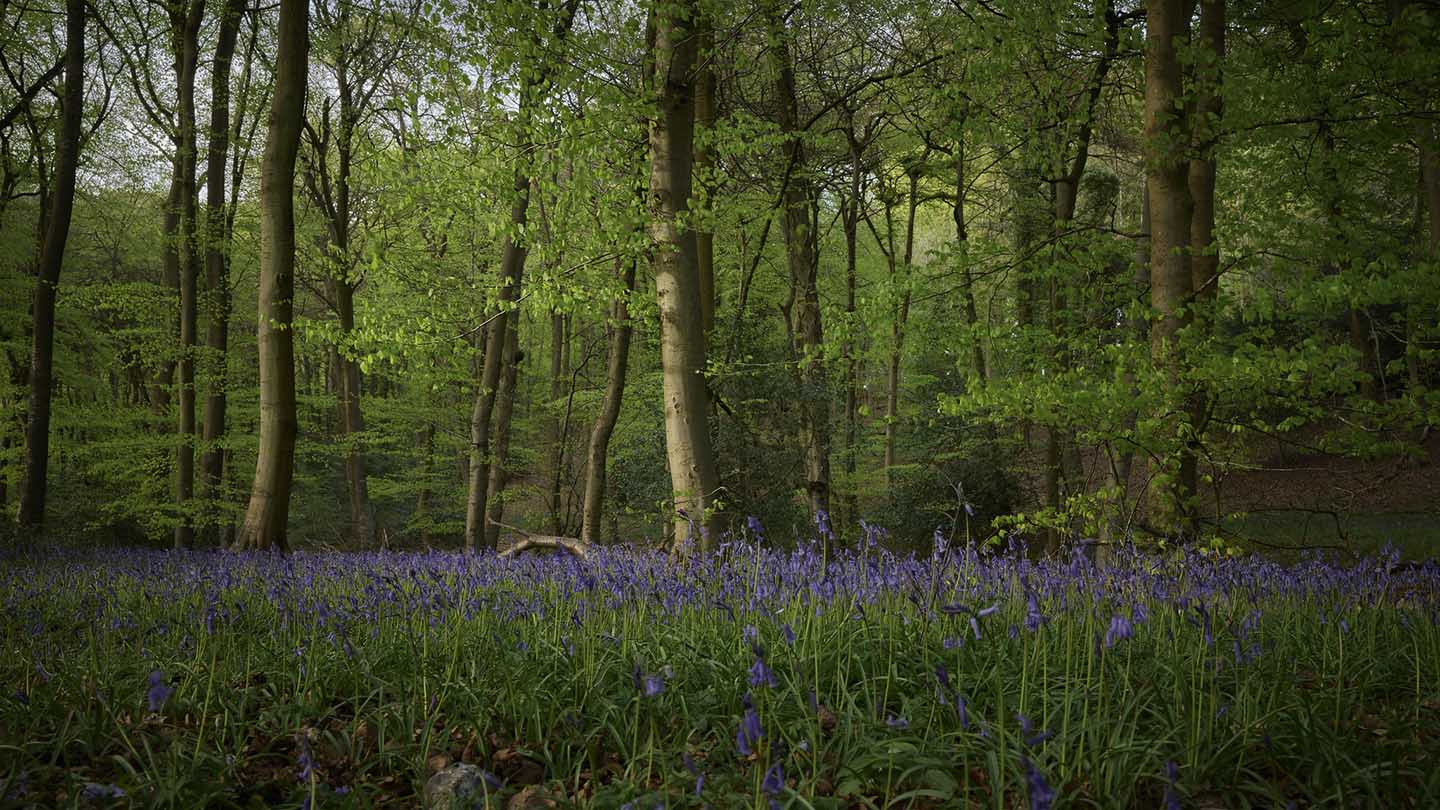
Phase One IQ3 100MP Trichromatic, 1/13sec at f/16, ISO 400, 45mm f/3.5
Light levels can be quite low in a forest and as you probably want to use a small aperture to capture lots of sharp detail, you’ll need to push the shutter speed down. This means that you should put the camera on a tripod to ensure the best results.
13 Best camera settings for light painting
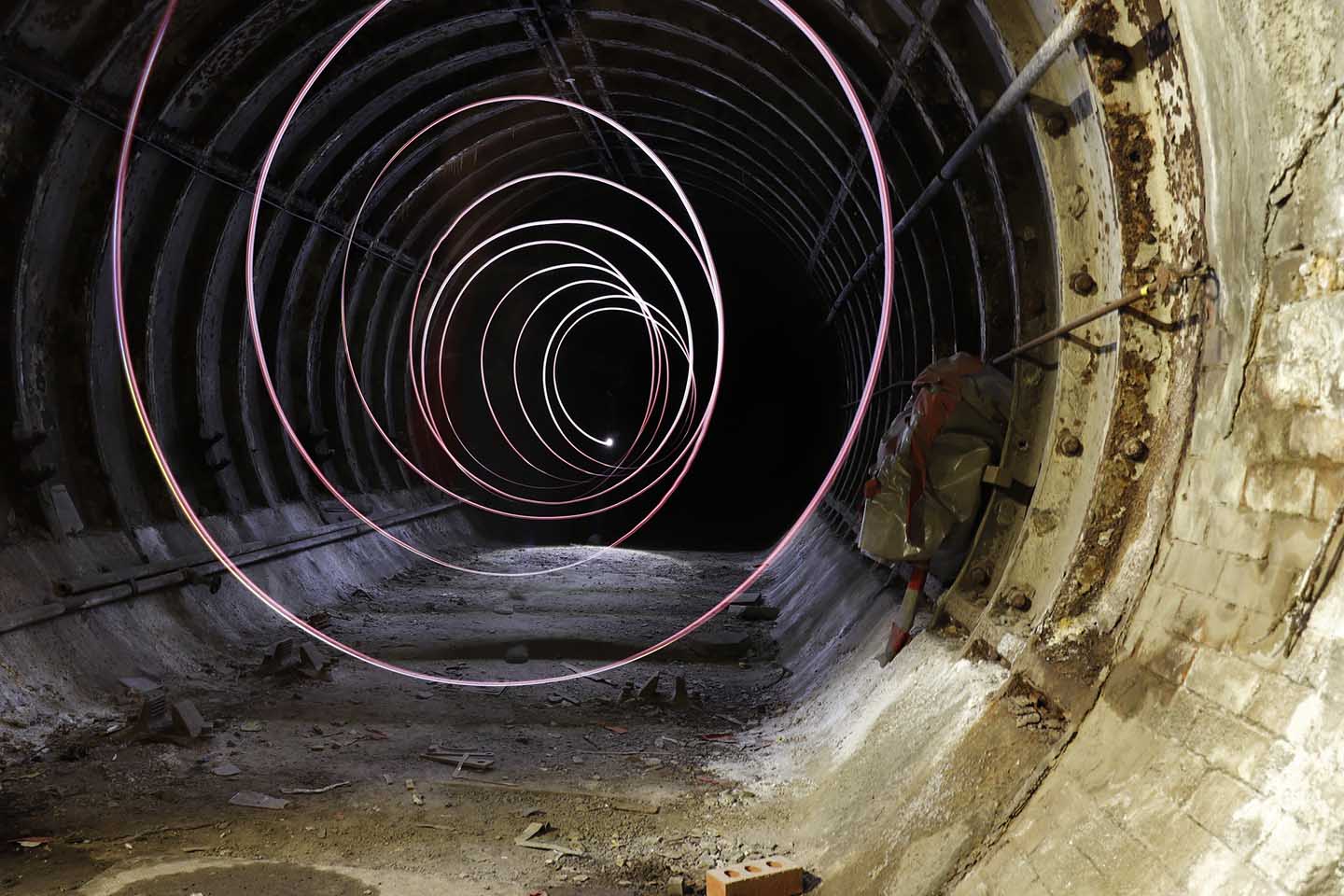
Canon EOS 800D/Rebel T7i, 20sec at f/5.6, ISO 100, 18-55mm f/4-5.6 at 18mm
You need a long exposure to give you time to move the light and create the trails in your image. Keep the sensitivity (ISO) low to minimise noise and enable the slow shutter speed.



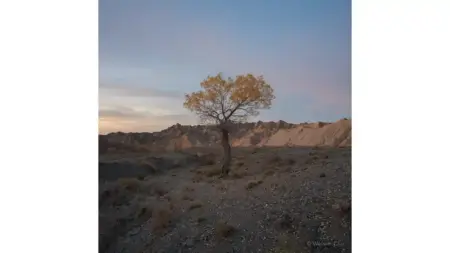
Leave a Reply
You must be logged in to post a comment.